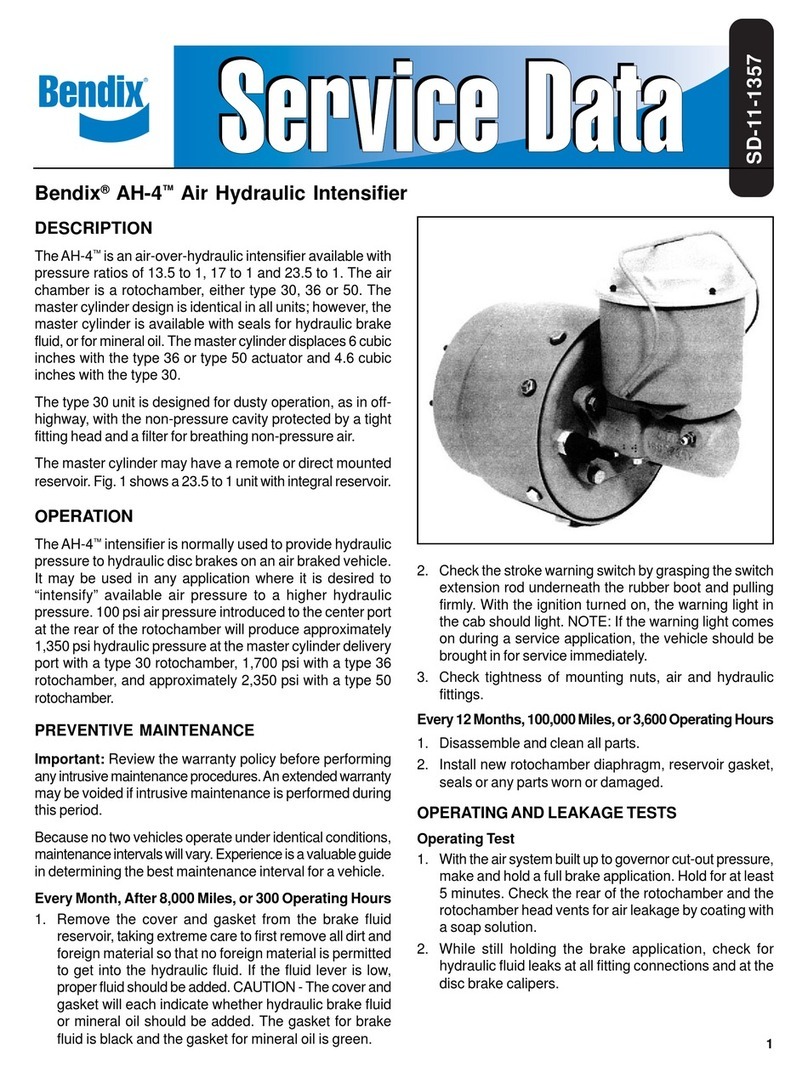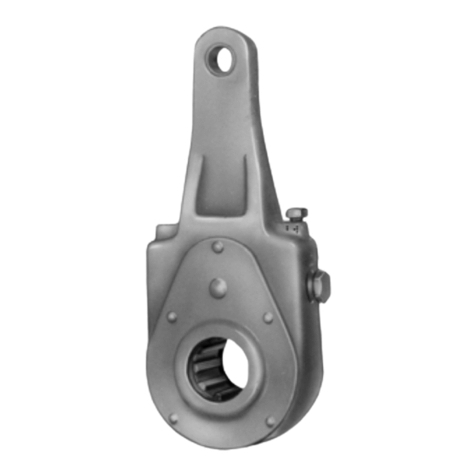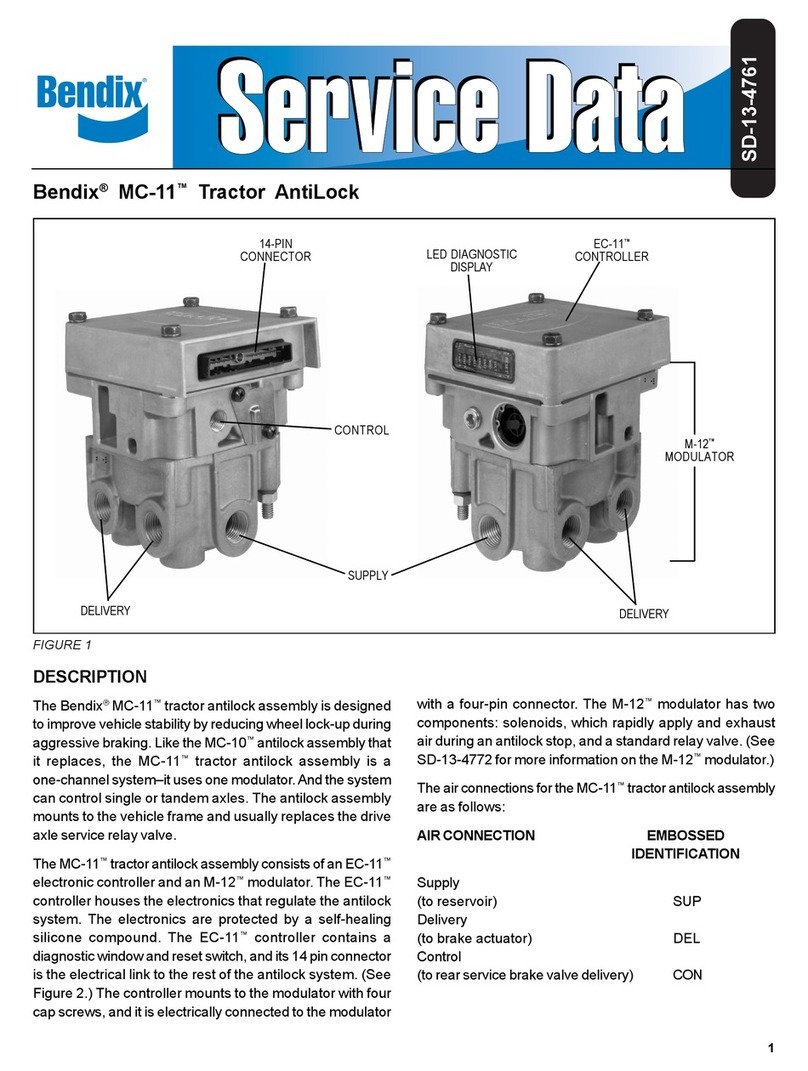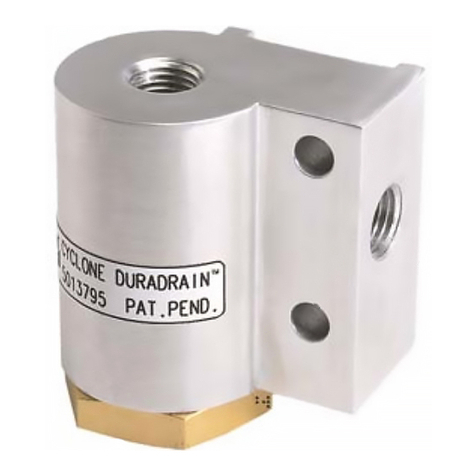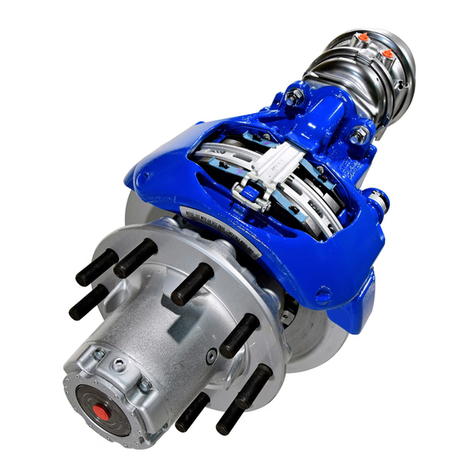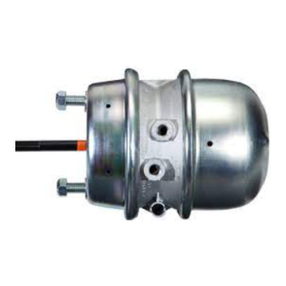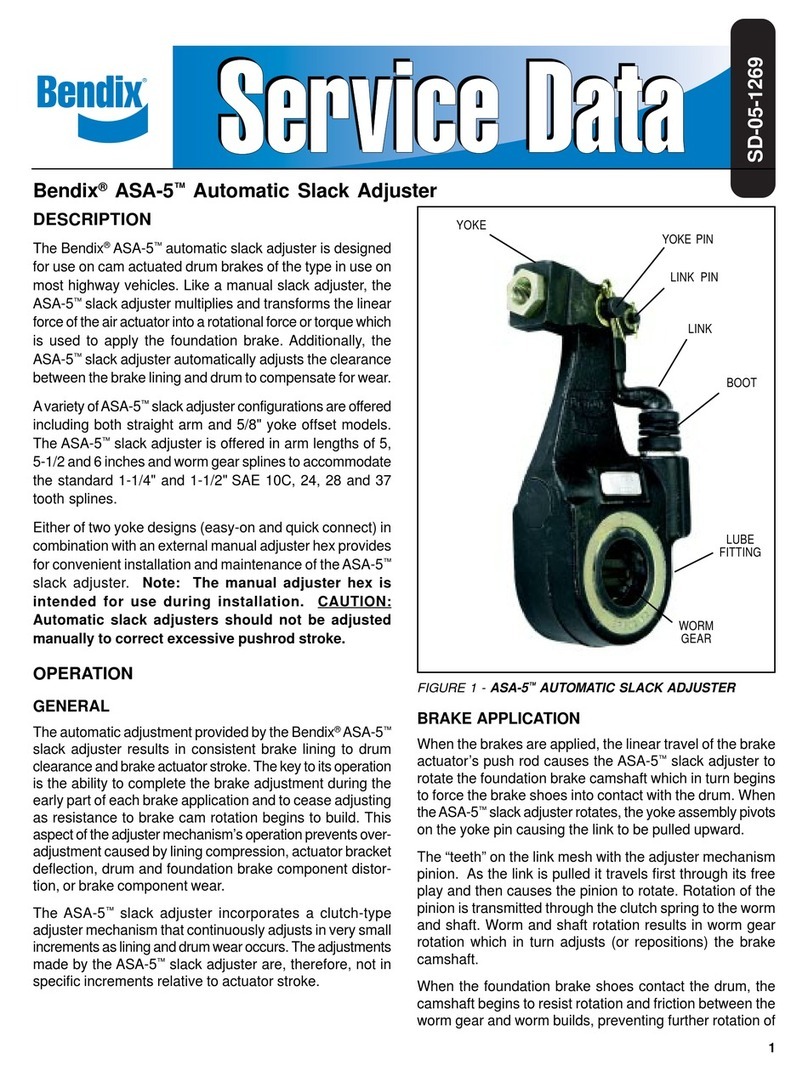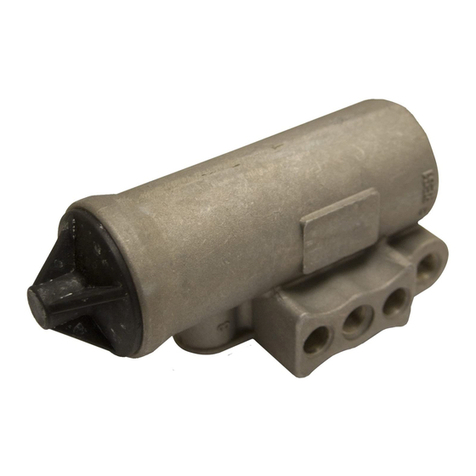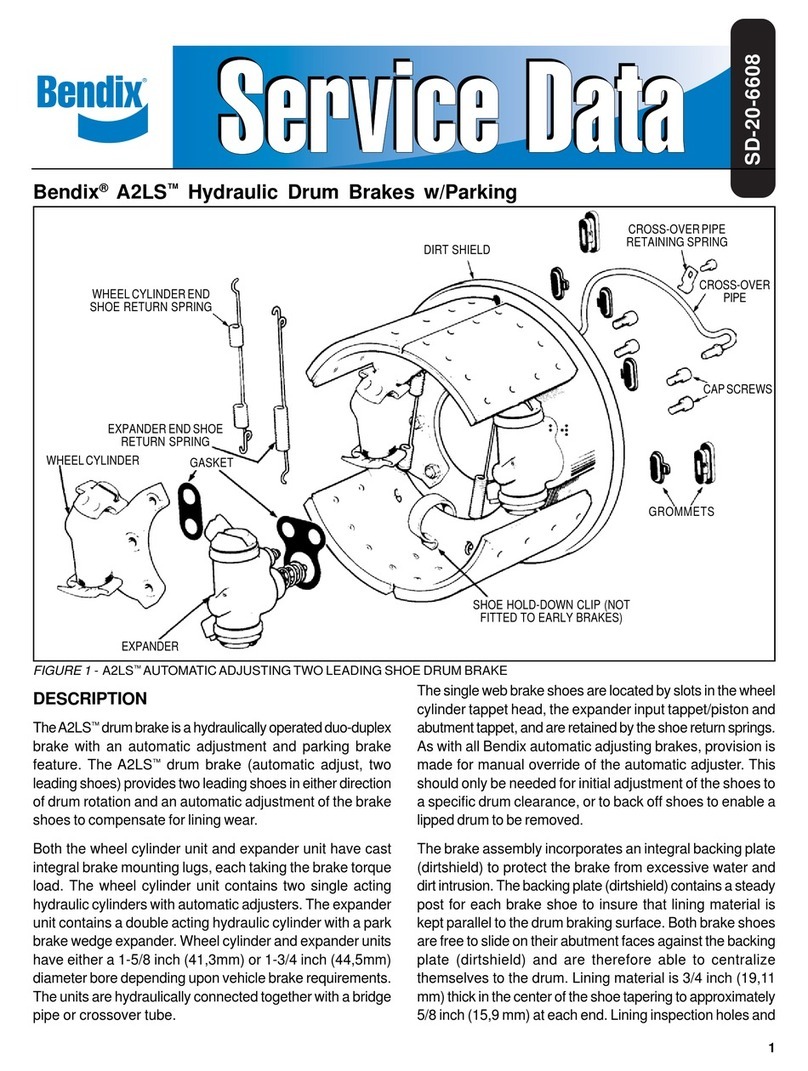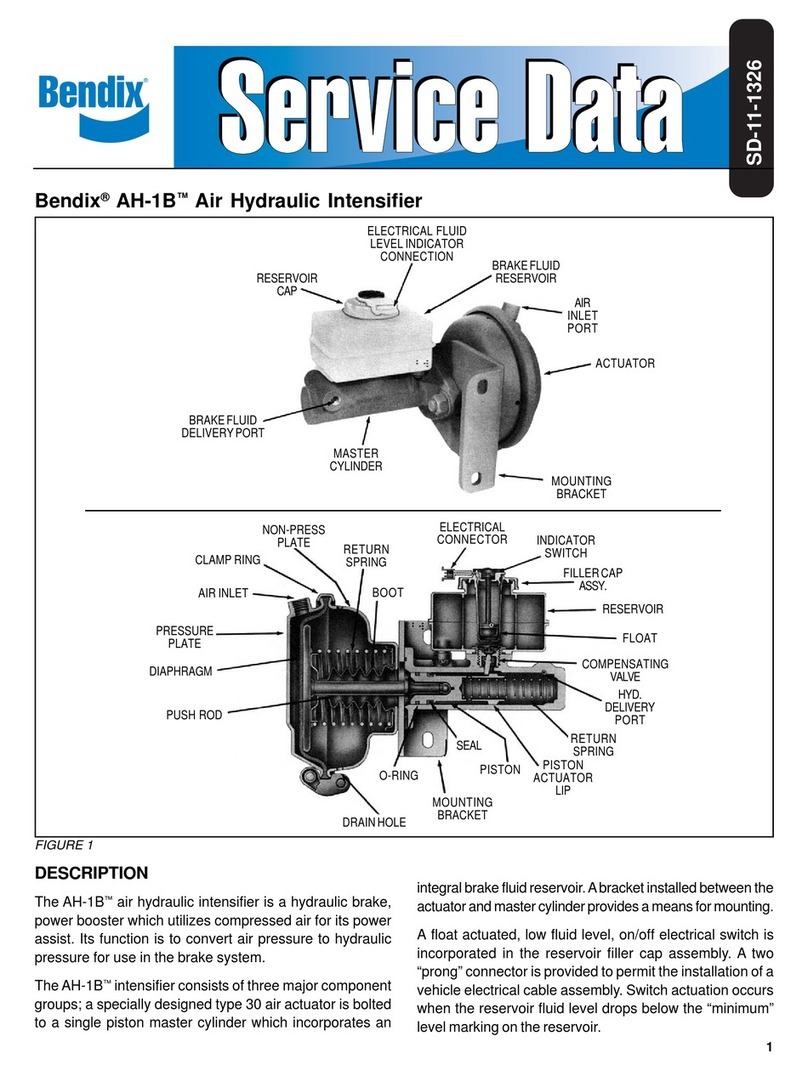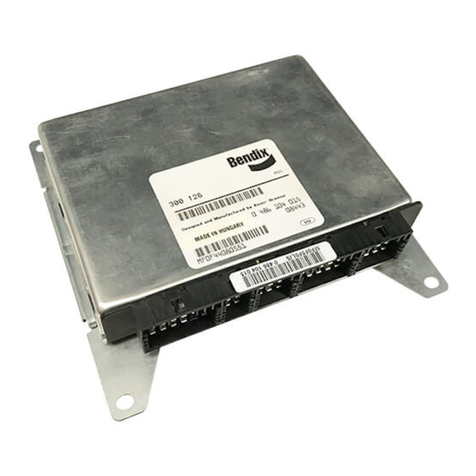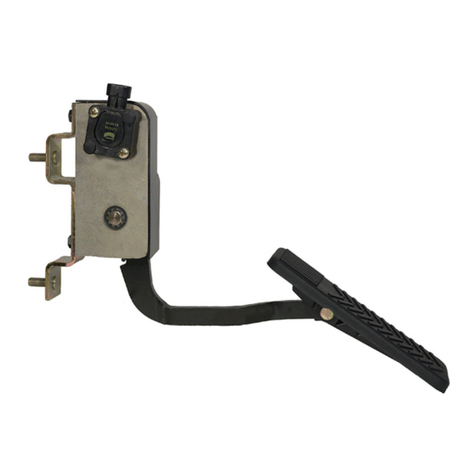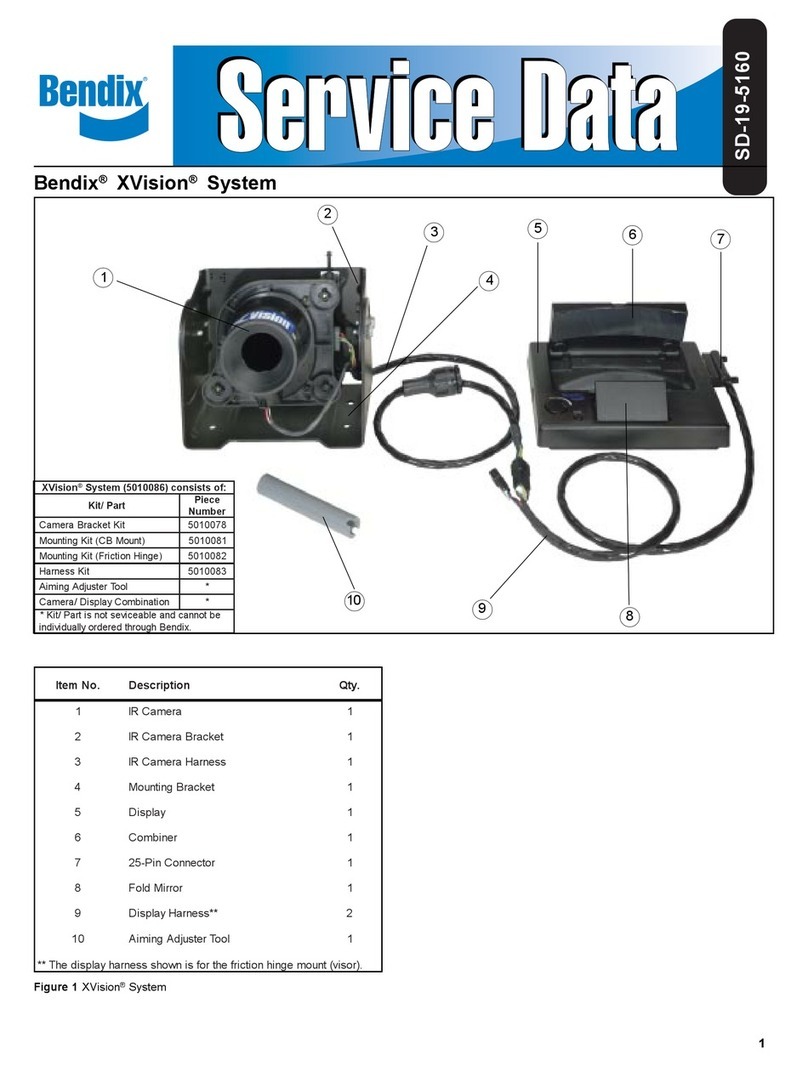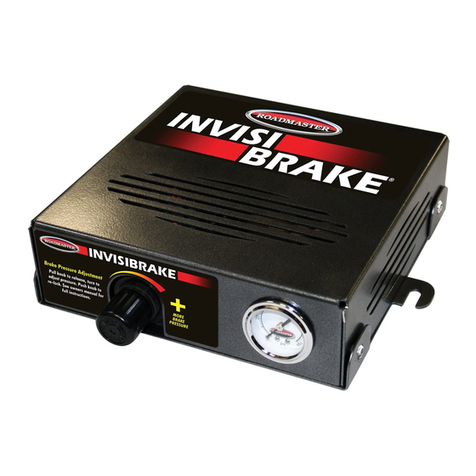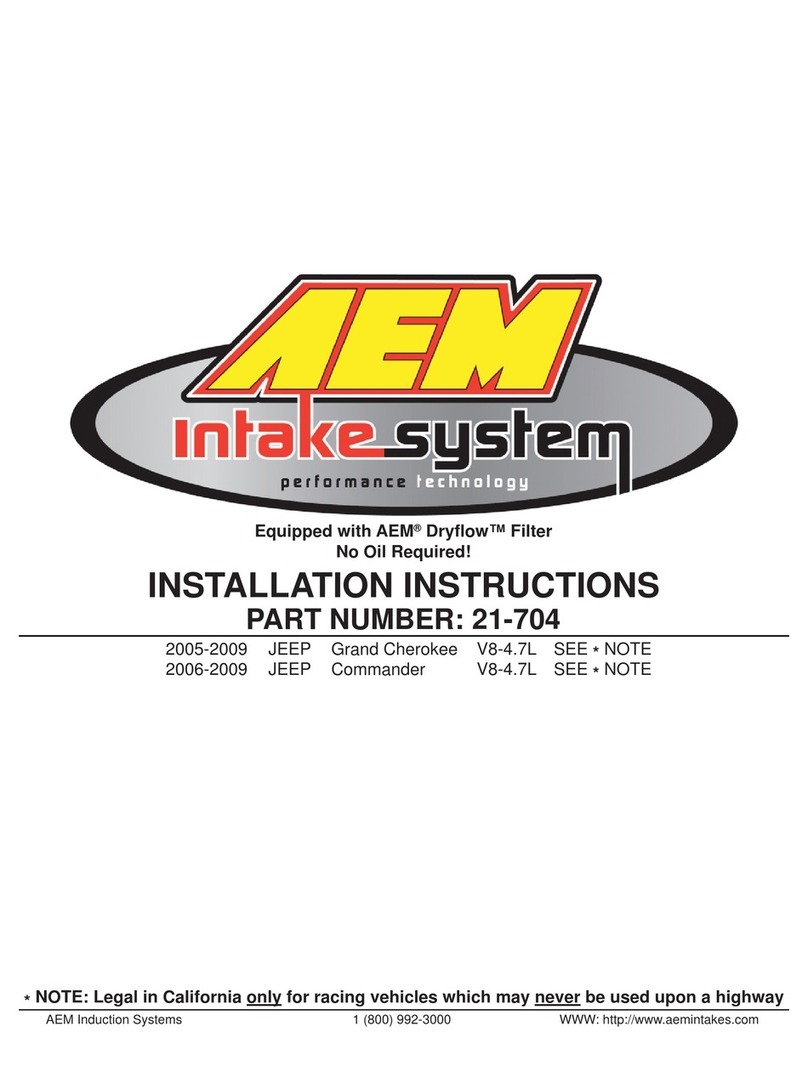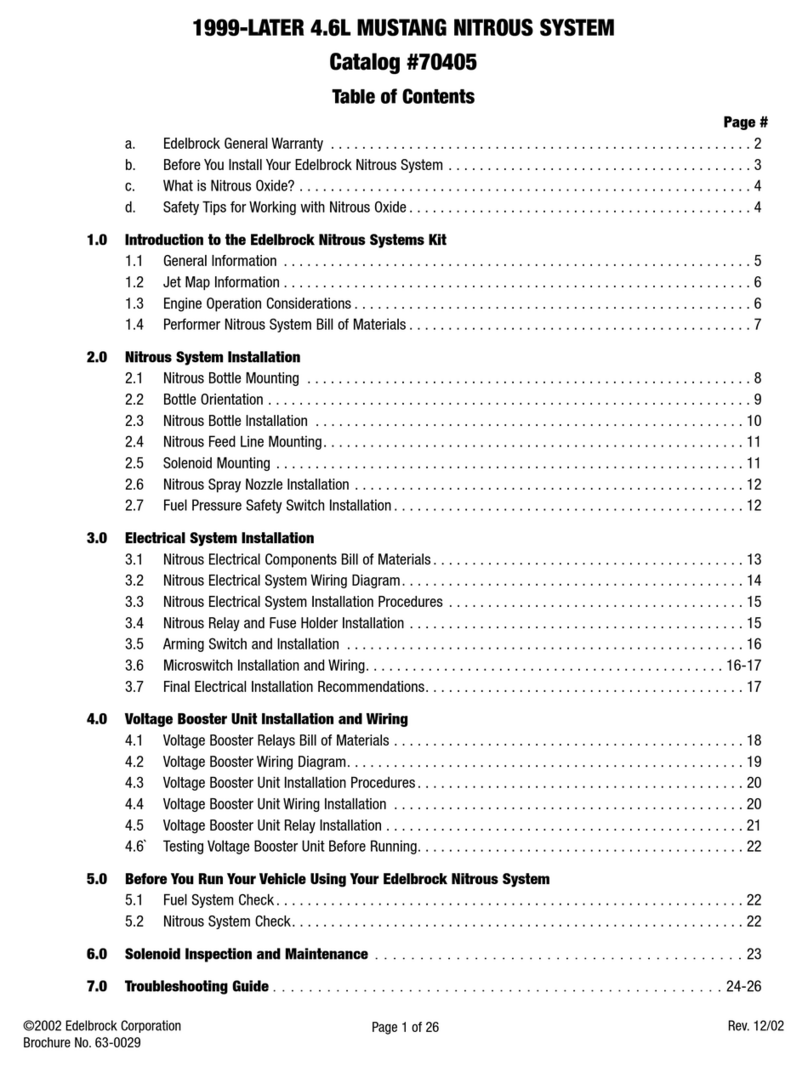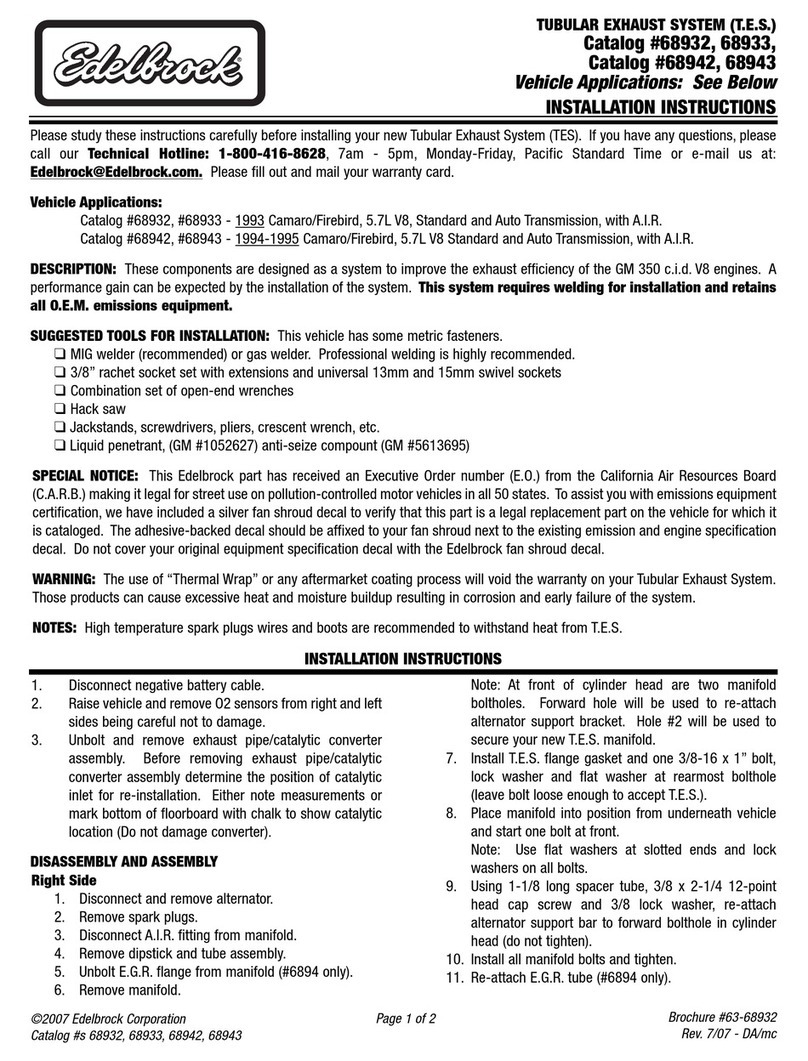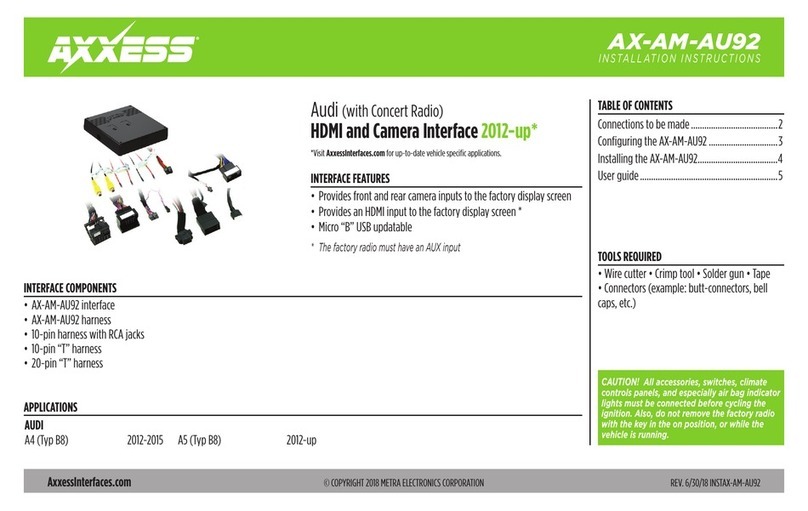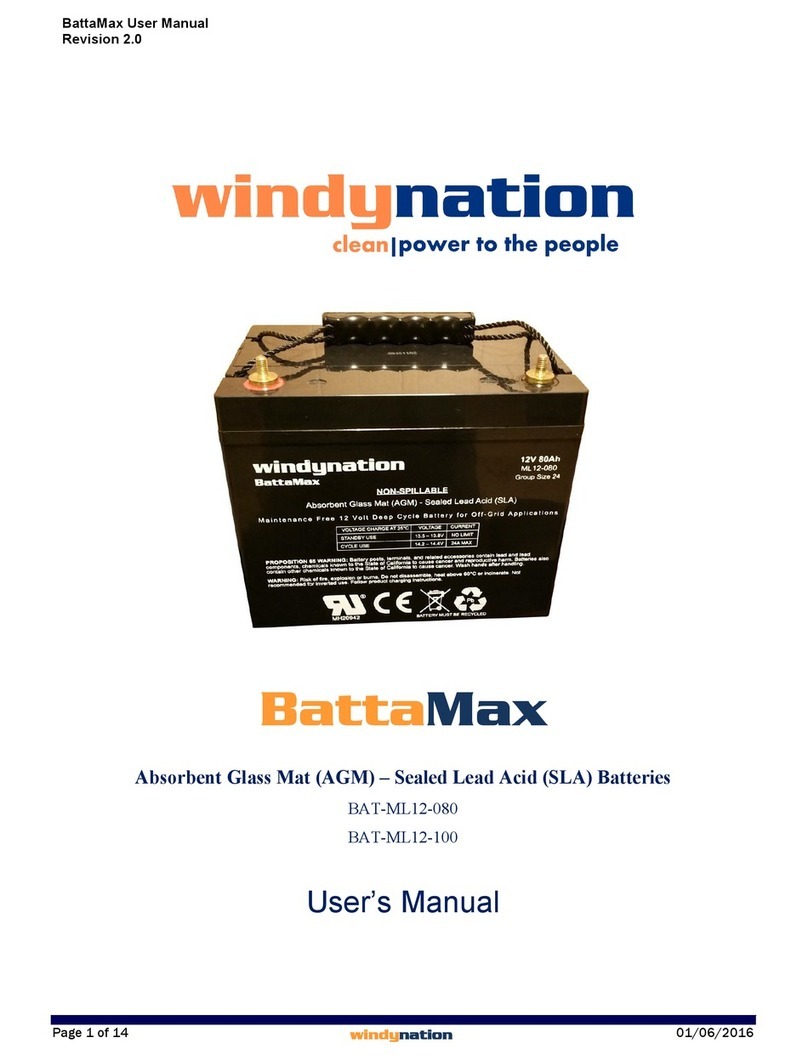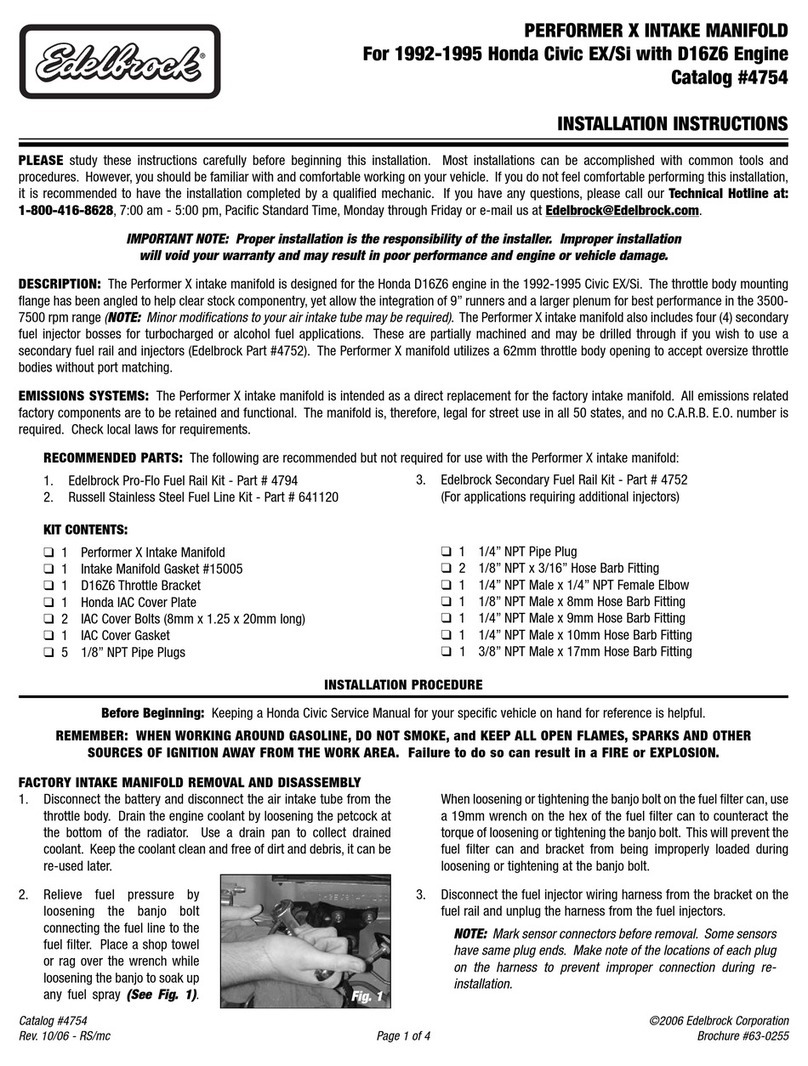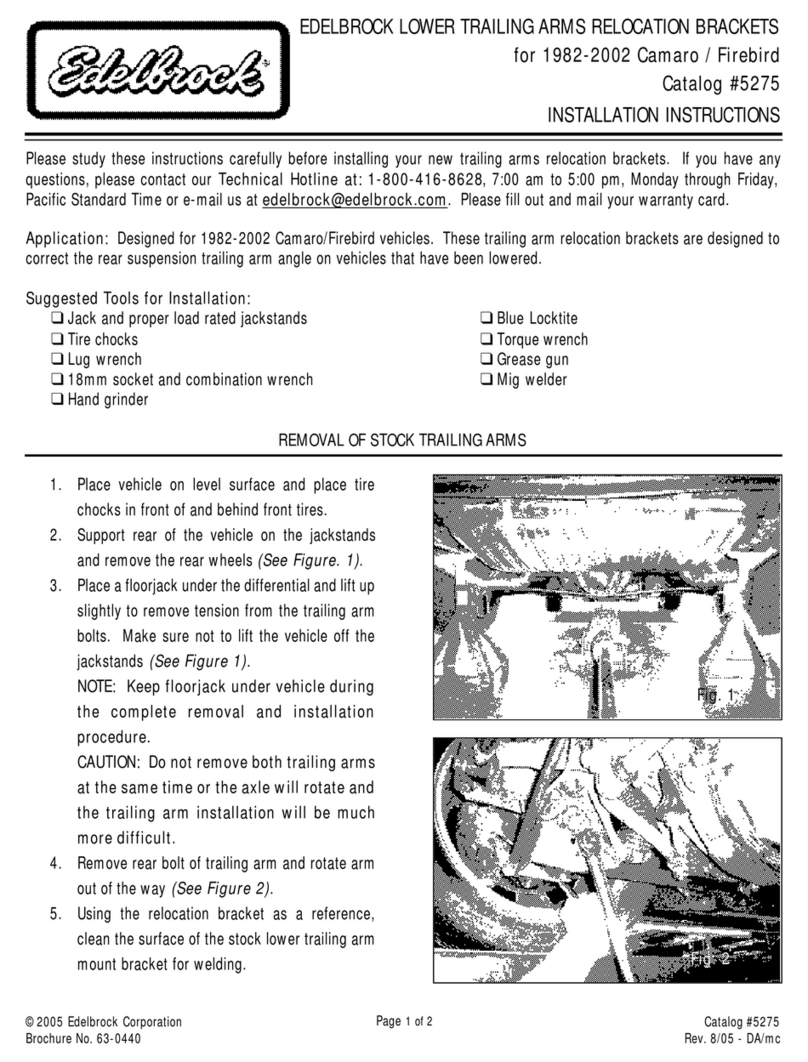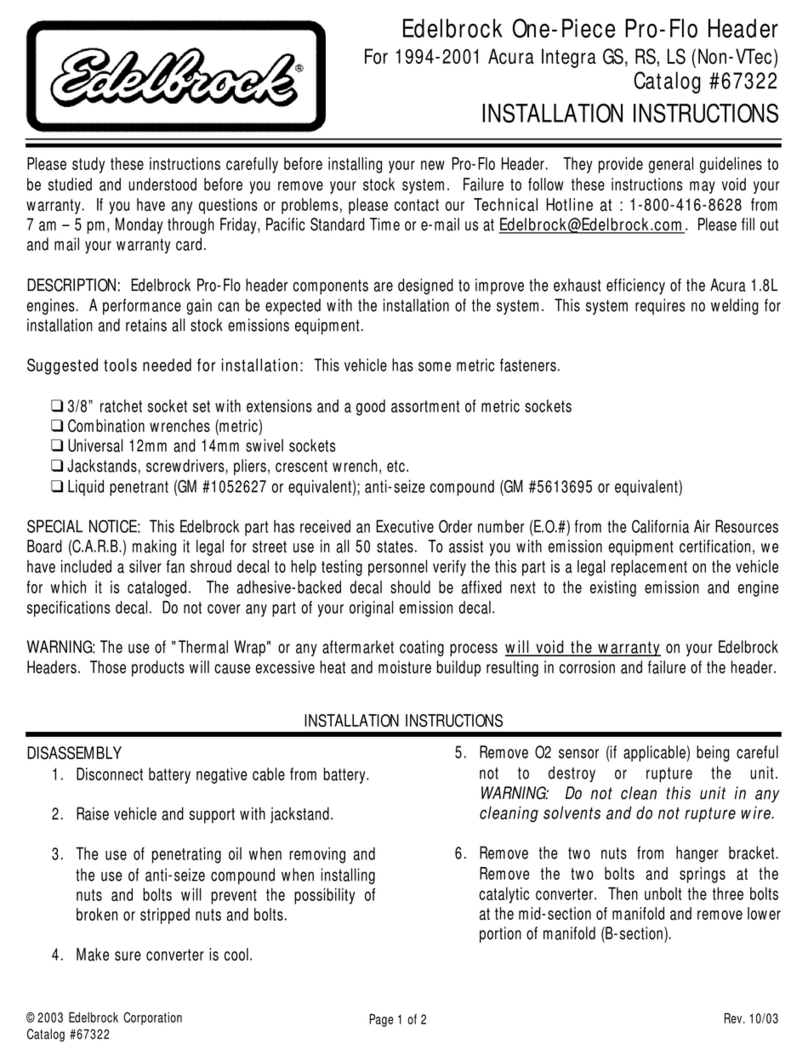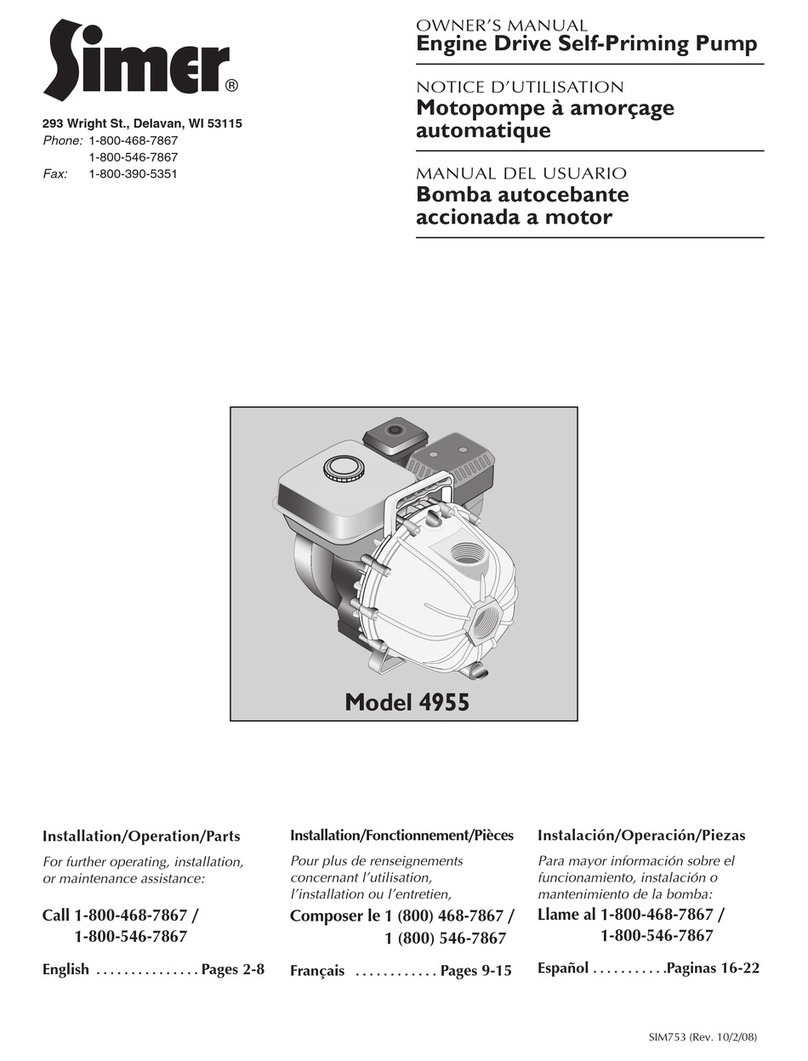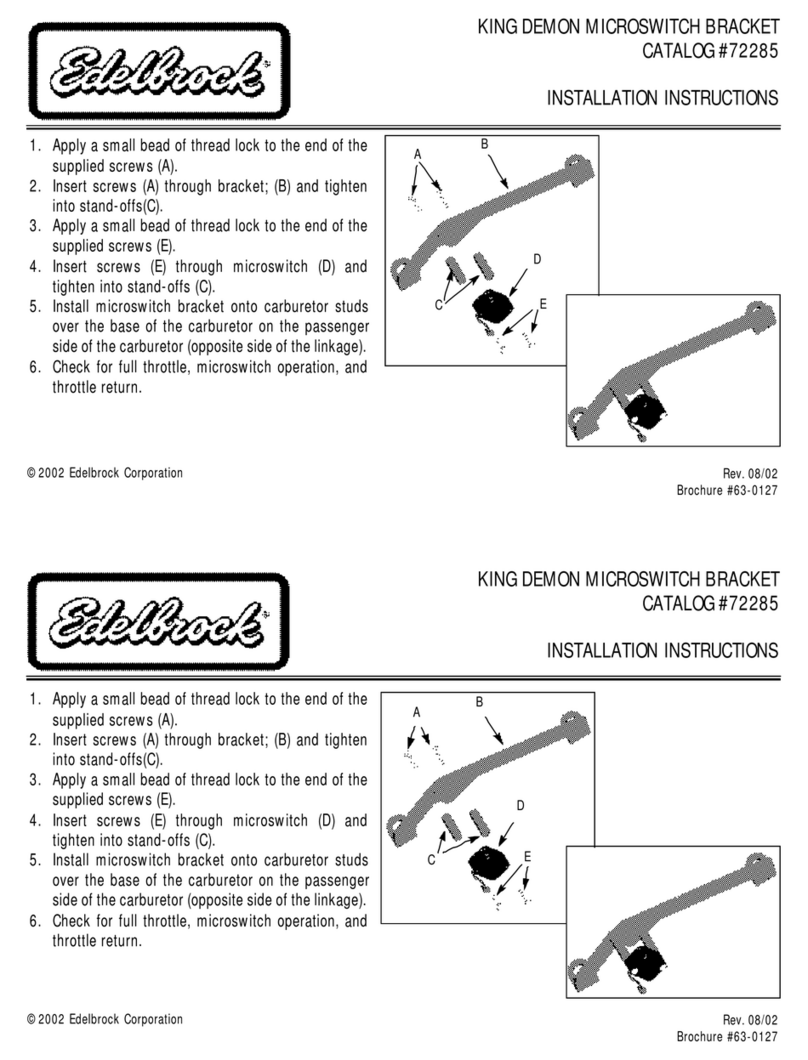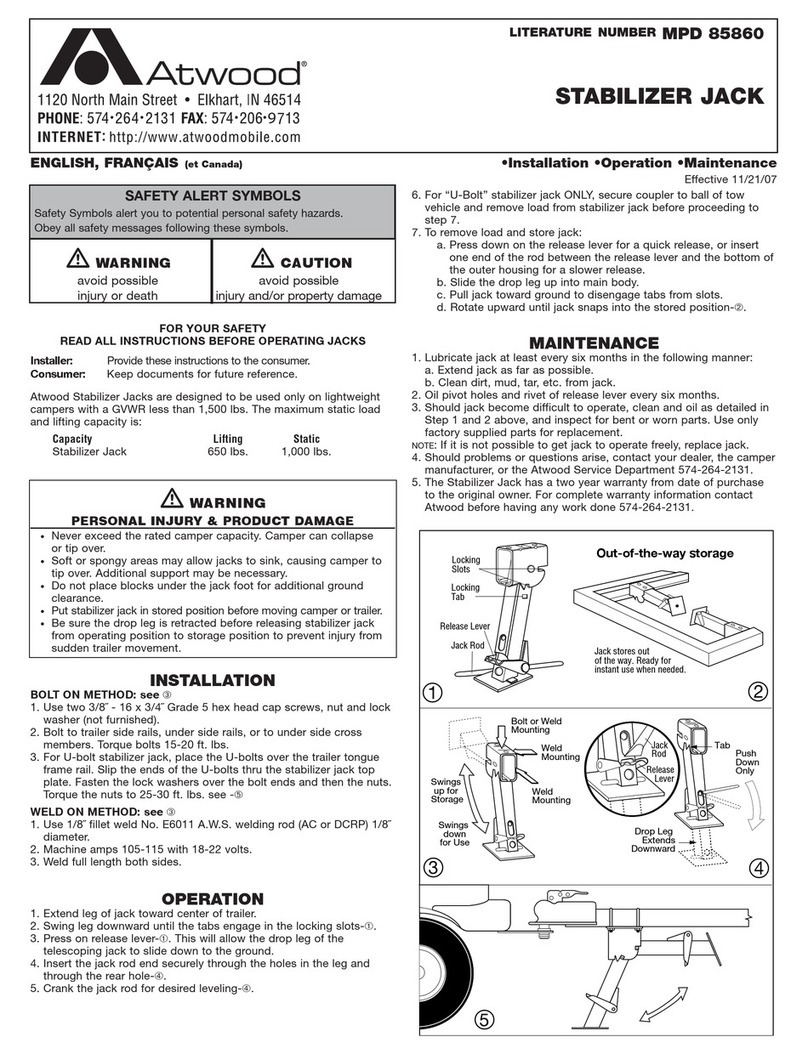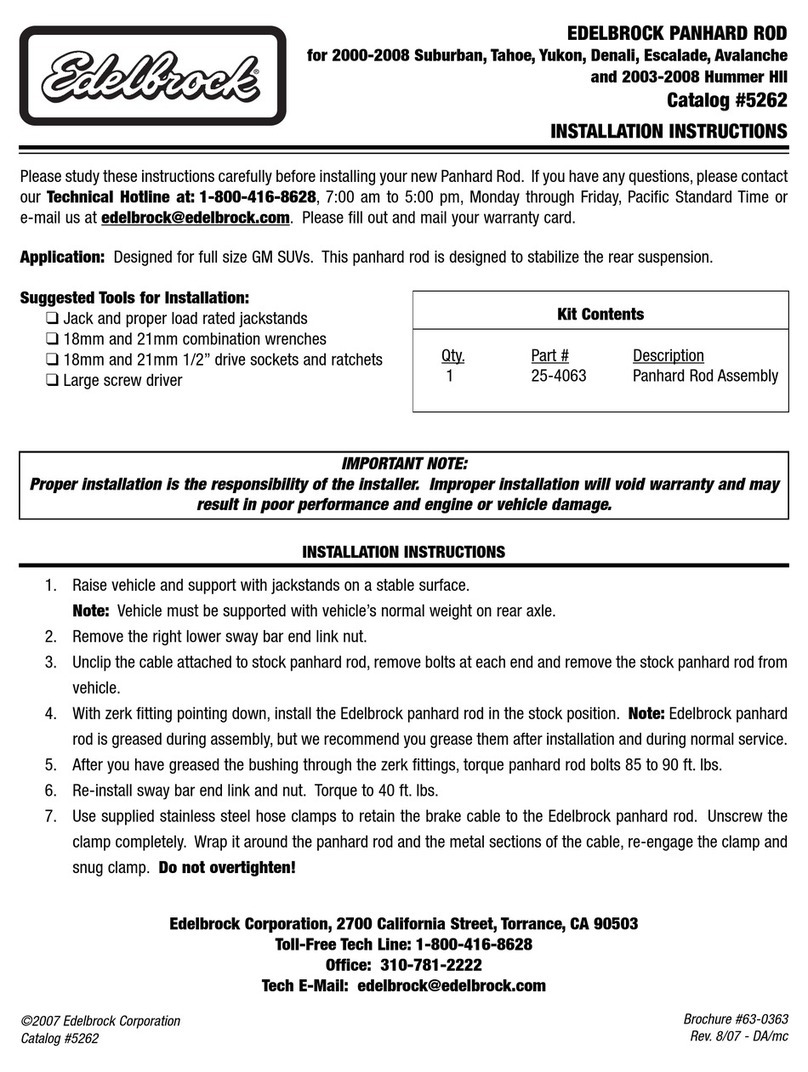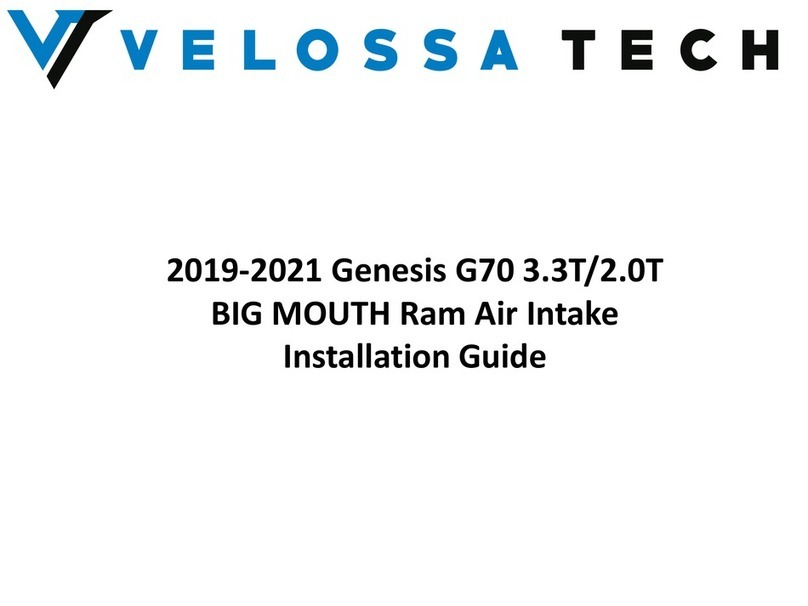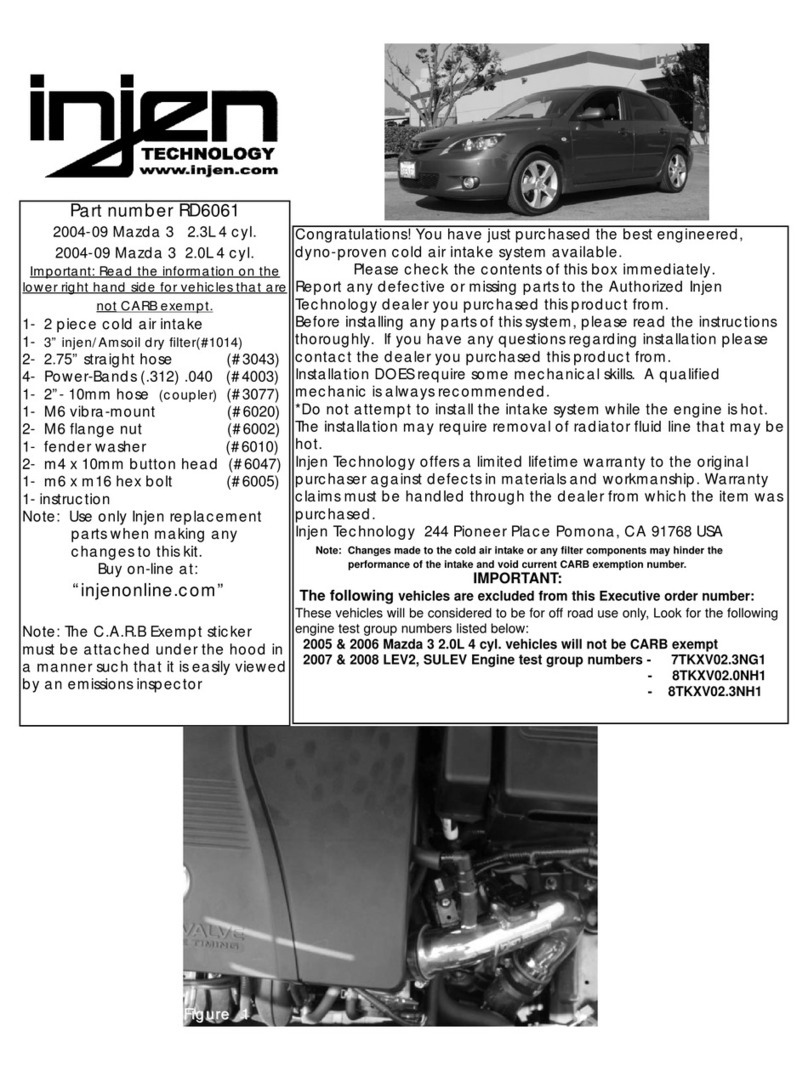
7
FIGURE 10
USE RIVETS OF CORRECT LENGTH AS SHOWN
CORRECT TOO LONG
TOO SHORT
CAUTION:Thelipofthegreasesealsmustbeinstalled
correctly to prevent possible damage. The lip of the
sealthat is installedinthespider must entertheopening
first. The lip of the seal that is installed in the opposite
end of the cam tube must enter last. (See Figure 9).
4. Install a new actuator bracket seal ring between the
spider and cam tube of the bracket. Install the actuator
bracket and cam tube onto the spider using four cap
screwsand lockwashers.Torqueto 70-80ft.lbs.Secure
the actuator to the bracket using the two nuts and
washers.Torquetovehiclemanufacturer’sspecification.
5. If removed, reinstall the dust shields. Tighten the six
cap screws and lockwashers to 90-110 in. lbs. torque.
6. Placethecam head flat washer overthesplined end of
the cam shaft and slide it to the opposite end, next to
the head of the cam. Install washer so that the bent
endsfaceawayfromthe head. Coat cam shaft journals
withlight film ofchassislube.Donot coat “S”-cam head.
7. Installthe cam shaft withcam head flat washerinto the
cam tube. Be careful not to damage the grease seals.
8. Installthethickcamshaftflatwasher,theslackadjuster,
spacers,washer,and anew snap ringin that sequence
ontothe splined end of the cam shaft.Adjustendplayof
the cam shaft to between .005" and .045" by using the
appropriate number of spacer washers. Make sure the
snap ring is seated into the groove at the end of the
splinedcamshaft.
9. Installthe two anchor pins into the anchor pin bushings.
Centerthe anchor pins in the bushings so they protrude
equallyfrom each end of thebushings.
10. Install new brake shoe retaining springs. Engage hook
endsofthetwosprings into each of the holes of thetwo
brakeshoes.
11. Placethe topshoeonto thespiderby engagingtheopen
slotsontheendwiththeretainingspringsontotheanchor
pin.Place opposite end oftheshoe against the S-cam.
Swing the opposite shoe with springs attached back
untilslotsintheshoeengagetheotheranchorpin,then
swingshoetowardsthe S-cam. Spring tension willhold
theshoesin this position. NOTE: Whenplacing slotsof
the shoes onto the anchor pins, be sure to match the
flat surfaces of the mating parts.
12. Place the short hook of the brake shoe return spring
ontothe top return spring pin. Be sure spring is installed
so that the long hook on the other end of the spring is
facing the web of the brake shoe. Hold shoes against
the S-cam and push the long hook of the brake shoe
return spring over the opposite return spring pin until it
snaps in place.
13. Insert a sturdybar between theend of oneof the brake
shoes and the spider housing at the S-cam end of the
shoe. Pry down until the brake shoe roller and pin can
beinstalledbetweentheS-camandthe slots in the end
of the brake shoe. Repeat the same procedure on the
othershoe.
14. Adjust the slack adjuster until the yoke pin can be
installed through the proper hole in the arm. Install a
new cotter pin to retain. Make sure the cam rollers are
in the lowest position on the cam.
15. Lubricatethe camshaftbushings byfillingthecam shaft
tubewithchassislube through the zerk fitting provided.
Fill until grease is forced out in the area of the slack
adjuster. Grease should not appear at the cam head
end. If it does, the seal has not been properly installed,
or the old seals should be replaced.
16. Reinstallbrake drumsand wheels.Torqueandadjustto
manufacturer’sspecifications.
17. Spin thewheelslowlyandadjusttheslackadjusteruntil
wheel will no longer turn. Back off slack adjuster just
enoughfor wheel tospinfreely.Besuretoadjust brakes
equally on each axle.
18. Apply andrelease brakesand observeslack adjusters.
Bothslacksoneach axle should respond rapidly andin
unisonduringapplicationandrelease.
19. Drivevehicle atalow speedina safeareaand checkfor
brakeeffectivenessprior to putting back into service.
RELINEPROCEDURE
When removing rivets from the brake shoes, be careful to
avoid doing any damage to the holes in the shoe. Do not
usea chisel to shearthem off as theforce will elongate the
rivetholes. Neglecting any elongated holesmayresult in a
loose lining installation. If holes are burred, they should be
fileddown flush withthe shoetable.
Rustoften develops on the surfaceof theshoe tableunder
the brake lining or blocks. In addition, scale may form from
salt on the highways, or tar and oil may find their way into
the brake assembly. During every reline job, shoe tables
shouldbethoroughlycleaned.Thebestprocedureistosteam
clean the entire shoe or put it in a degreaser.
After cleaning the shoe, the shoe table should be scraped
clean of rust and scale. Any burrs or nicks should be filed
smooth. At the same time, the entire shoe should be
examined to see whether it is worn or bent.
The shoe should be either reconditioned or discarded. It is
also necessary to check for flat spots on the shoe that can
becaused by cleaning away the rust from the area that was
under the block previously. This can cause a mismatch of
shoeandliningarcs.Aftertheshoeiscleanedandinspected,
itshouldbegivenacoatingof rust preventative paint. Such
treatment of a new, unpainted shoe is also suggested to














